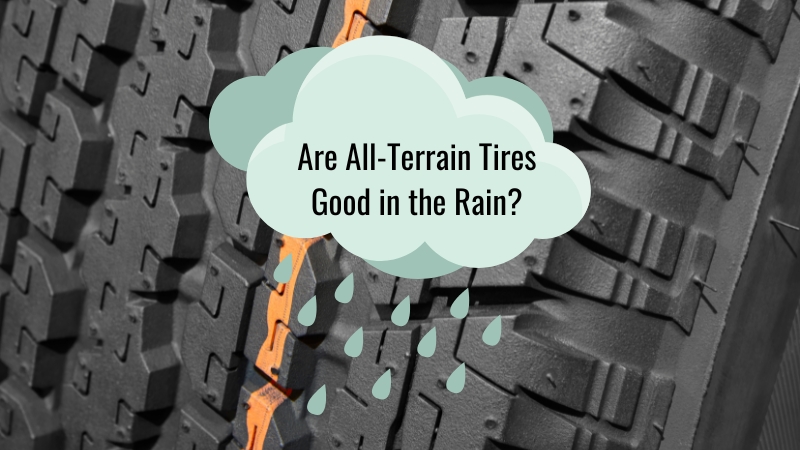When it comes to tires, you want to make sure you’re prepared for all types of weather conditions, especially rain.
One tire option you may be considering is all-terrain tires. But, the main question lingering in your mind might be:
Are all-terrain tires good in the rain?
All-terrain tires are designed to provide optimal traction in rugged conditions, making them a versatile choice for various terrains. However, their performance in wet or rainy conditions might not be as straightforward. While they do work in rain, you should be aware of their specific features and limitations.
Let’s dive into the factors that determine the effectiveness of all-terrain tires in rain and explore some of the best options available to ensure a safe and comfortable driving experience during wet weather.
All-Terrain Tires and Rain Performance
All-terrain tires are specifically designed to handle a variety of terrains, including rain-soaked conditions. In this section, we’ll discuss their performance in rain, focusing on the following aspects:
- Traction and Stability
- Hydroplaning Resistance
- Tread Pattern
Traction and Stability
All-terrain tires can provide optimal traction on wet surfaces due to their distinctive design.
For example, the Michelin CrossClimate+ is an all-terrain tire with a 9.5 out of 10 all-weather rating, offering superb handling and responsiveness in a wide range of temperatures. This means that you can expect a stable driving experience on wet roads when using these tires.
Hydroplaning Resistance
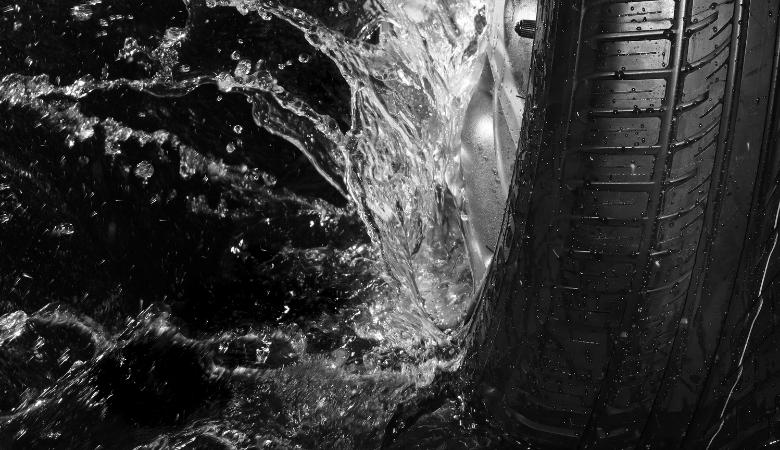
Hydroplaning occurs when your tires lose contact with the road surface due to a layer of water between the tire tread and the pavement. All-terrain tires often have features that help minimize the risk of hydroplaning.
These features include wider grooves and unique tread patterns designed to channel water away from the tire contact patch, effectively reducing the risk of hydroplaning and maintaining contact with the road.
Tread Pattern
The tread pattern of all-terrain tires plays a significant role in their ability to perform well in the rain. In general, deeper and more aggressive tread patterns help grip the road better and provide improved traction on wet surfaces. It’s essential to choose an all-terrain tire with a tread pattern designed for wet conditions.
Keep in mind that while all-terrain tires may be a suitable choice for driving in the rain, it’s essential to determine the specific tire suitable for your driving needs and vehicle type.
Always consult your vehicle manufacturer’s recommendations and consider expert advice when choosing the right all-terrain tire for your vehicle.
Comparing to Alternative Tires
All-Season Tires
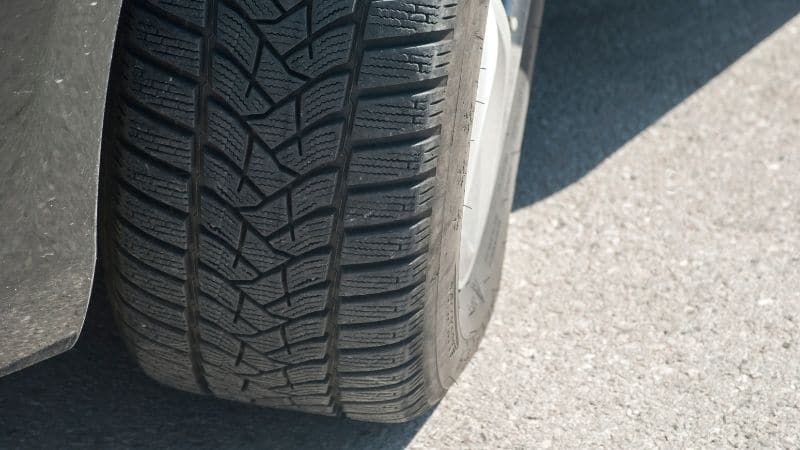
All-season tires are a popular choice for many drivers due to their versatility. They provide a balance between performance in wet and dry conditions, as well as offering decent traction in light snow.
Compared to all-terrain tires, all-season tires generally offer a more comfortable ride on pavement, as they tend to have less aggressive tread patterns. This can also result in less road noise and better fuel efficiency.
However, when it comes to driving in heavy rain or severe weather conditions, all-terrain tires may outperform all-season tires in some aspects.
Winter Tires
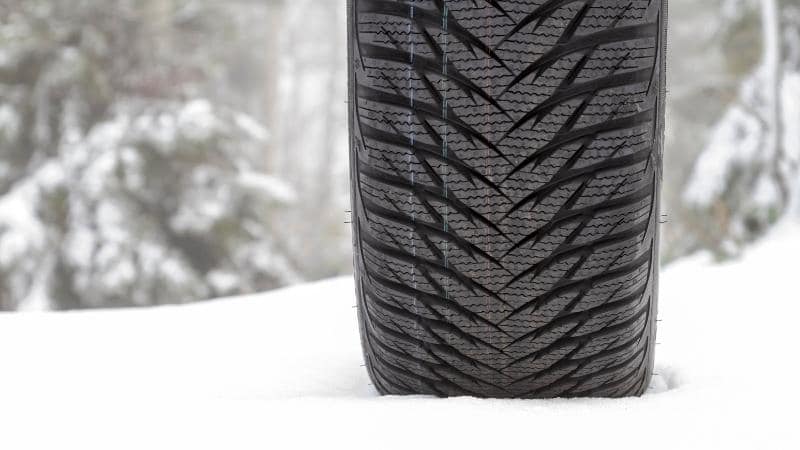
Winter tires, also known as snow tires, are specifically designed for use in colder temperatures and on icy, snowy roads. They are made with a softer rubber compound that remains flexible in freezing conditions, allowing them to maintain better grip on slippery surfaces.
In addition, winter tires feature deep grooves and aggressive tread patterns to improve traction and disperse snow and water more effectively.
While winter tires excel in cold weather conditions, they may not be the best choice for rainy weather alone. When comparing to all-terrain tires, it’s important to consider your specific driving needs and the climate in your region.
If you live in a place that experiences predominantly rainy weather without much snow, an all-terrain tire with a high wet weather performance rating, like the Michelin CrossClimate+ mentioned earlier, could be a better choice for you.
Summer Tires
All-terrain tires are generally better than summer tires in rainy weather due to their deeper treads and more aggressive tread patterns, which can provide better traction on wet roads.
Summer tires, on the other hand, are designed for maximum grip in dry conditions and may not perform as well in wet conditions due to their shallower treads and less aggressive tread patterns.
In conclusion, when deciding on the right tire for your needs, consider the specific driving conditions and weather patterns you frequently encounter. All-season tires, winter tires, and all-terrain tires all have their strengths and weaknesses when it comes to comfort, performance, and safety.
Knowing how each type of tire performs in varying conditions will help you make an informed decision and ultimately find the most suitable tire for your vehicle.
Off-Road and Wet Weather Performance
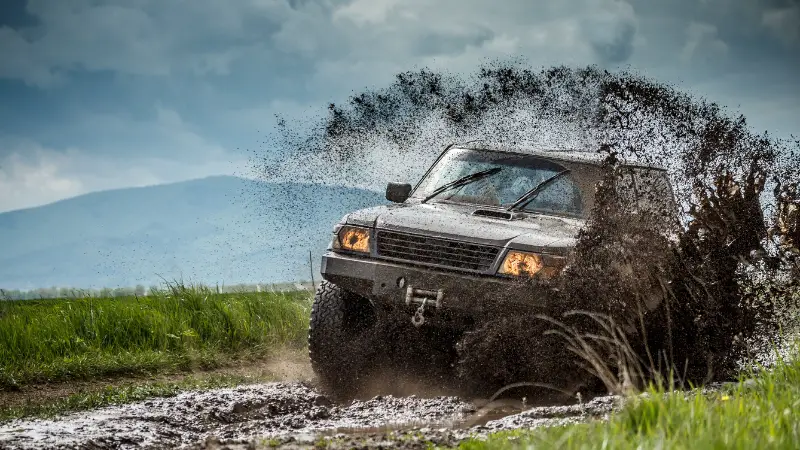
When considering all-terrain tires, it’s essential to consider how they perform off-road and in wet weather conditions. All-terrain tires are designed to provide a balance between on-road and off-road performance, which includes handling various surfaces such as mud, dirt, and sand, but also wet and slippery roads.
In wet weather, your all-terrain tires should have a tread design that can effectively manage water and provide sufficient traction on wet roads.
Most all-terrain tires have all-season capabilities, offering reliable traction in dry, wet, and light snow conditions. However, it is crucial to remember that these tires may not always offer the best performance in heavy snow or icy conditions.
Off-road performance is another critical aspect to consider with all-terrain tires. While these tires can handle some off-road driving, they may not give the same level of performance as specialized off-road tires.
According to Auto Nerds Review, all-terrain tires are made for regular highway driving and occasional off-road adventures.
Some all-terrain tires are better suited for specific conditions, such as snow or off-road. For example, the Goodyear Wrangler Duratrac is known for its excellent snow performance, while the Nitto Ridge Grappler performs well in off-road driving.
It is essential to evaluate your driving needs and conditions to choose the right all-terrain tire for your vehicle.
Hi, my name is Niklas, the head content creator & CEO of Whirling Wheelz. I am very interested in vehicles of all kinds, mainly cars. I have a car mechanics degree from high school and a big hobby of mine is to follow the WRC (World Rally Championship) both online and through travel.

